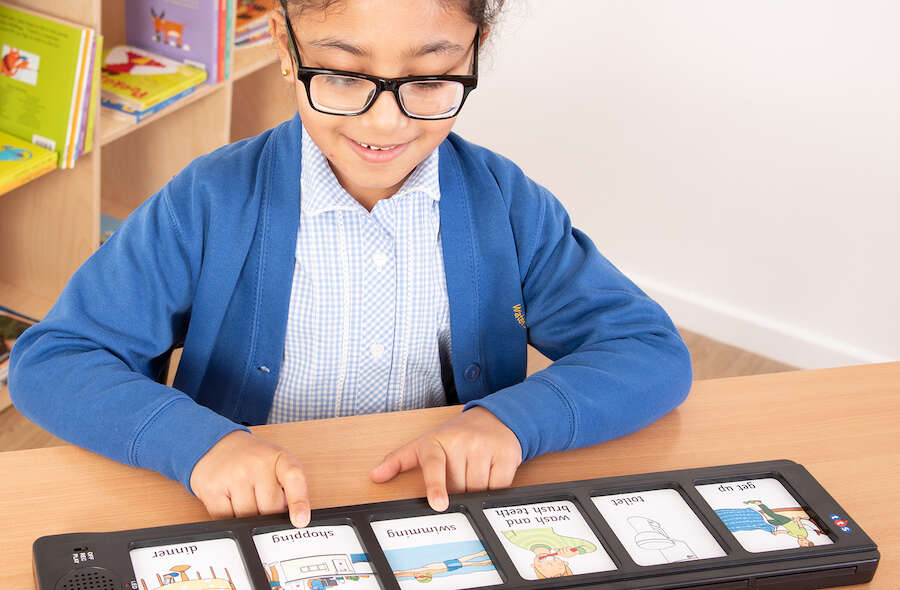In this article, Andrew Whitehouse shares ADHD strategies to support all learners.
ADHD is a complex neurological disorder and there is significantly more to it than Attention Deficit, Hyperactivity, and Impulsivity. Linked to these presentations are deeper, more subtle aspects of the condition.
The Visual Timetable
One of the most prevalent of these is short-term memory deficiency. This difficulty can also lead to an increase in anxiety and stress. An easy way to rectify this is the implementation of a visual timetable – most definitely the first thing I look for. Although most associated with early years and Autism, the visual timetable (both manual and electronic) can be an excellent way to keep children (and young adults) informed and empowered.

So, who puts up the visual timetable, and when? The timetable should be put up by the child that relies on it most, in order to consolidate the structure of the day with them and add another opportunity to process what is about to happen. When, is a question in need of more thought. A child that needs to mentally prepare overnight might do theirs before leaving school, whilst one that might find the next day something to worry about should complete theirs on arrival in the morning.
For an ADHD child that finds a whole day of activities too much to concentrate on, a ‘now and next’ might be just the thing. A now and next being essentially that. For example, “what I am doing now?“, and “what I am doing next?“.
Vertical or horizontal? I always prefer vertical. This is because many ADHD children (and Autistic), have limited peripheral vision, and therefore find it easier to read. It also proves helpful for those children in the class who due to language considerations, may read from right to left.
Attention span
Attention spans are a huge consideration. Let us face it, it is in the name – Attention Deficit. We believe that under ‘normal’ circumstances, an ADHD child’s attention span is their age, plus one minute, minus one third. So, an eight-year-old with ADHD will have a six-minute attention span. However, that is ‘normal’ circumstances. We can increase this by making the activity more in line with special interests, or ‘Spins.’ By integrating Spins, attention spans can be significantly extended.
So, what can we do to help?
Use movement tools like the Fidgety Feet. This is absolutely one of my go to resources for gross motor hyperactivity! It is subtle, silent, and extremely effective for allowing children who would normally be getting up and down or using their feet to get in other learners’ way to get out some of that kinetic energy in a positive way.

For more fine motor hyperactivity try something like a TTS Fidgety Bit, some fidget putty, or even the classic, Blue Tack.

How about timers?
By breaking up activities into shorter activities, you are allowing the ADHD child to concentrate for shorter periods of time whilst simultaneously making it clear how long they have got left to work on a task. Again, electronic timers, sand timers, or other types of timers will all suffice and are readily available on the market.
Engagement
This then naturally brings us on to engagement. Does your ADHD child pace, fiddle, or tap? Do you ask them to stop? Did you know that ADHD people move around in order to process? If they stop, they are potentially impeding their ability to process. Solution: find ways to facilitate their need to move around.
As outlined in the previous section, fiddle tools are extremely useful, but to actually build active learning engagement opportunities into the activity is by far the best option. Try:
- Learning through songs and rhymes
- Board games
- ICT games
- Short burst activities
I would love to hear how you get on. Please share your thoughts with me.

Article written by Andrew Whitehouse
TEDx Speaker and Bamford Lecturer Andrew Whitehouse is a specialist in neurological diversity and provides interventions for professionals, parents and young people with Autism, ADHD, Dyslexia and related conditions as well as behavioural interventions.



